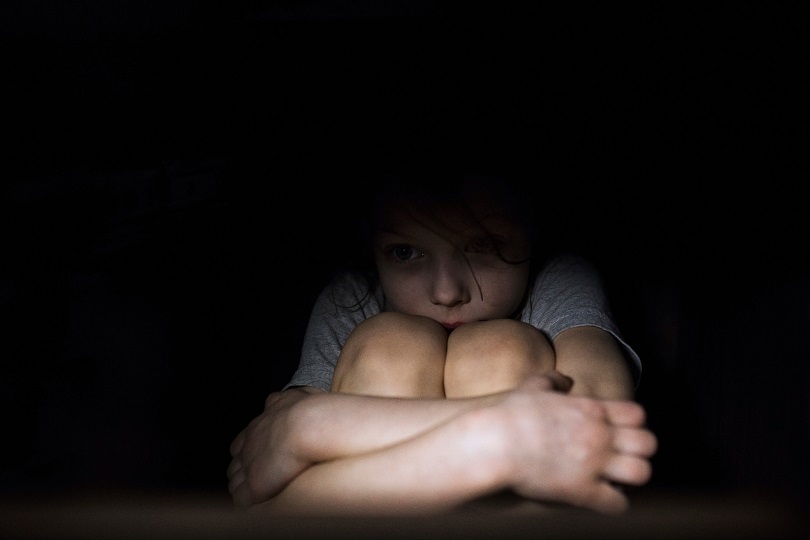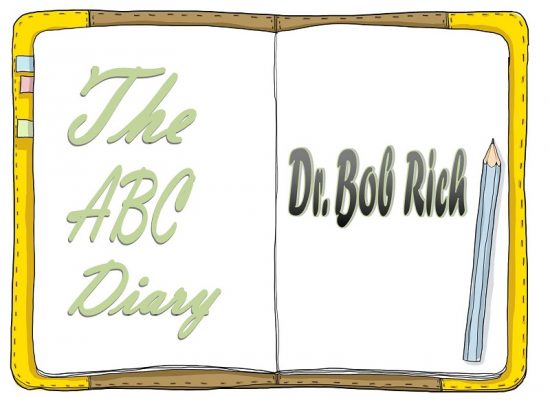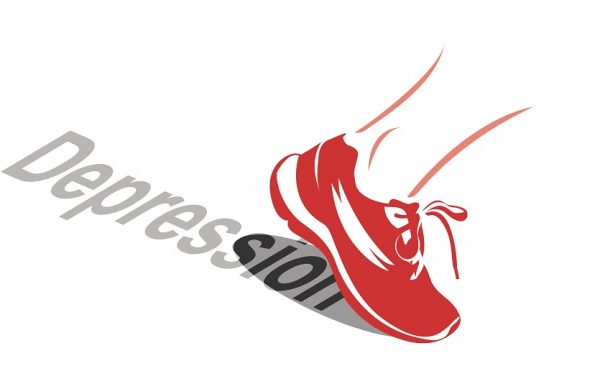Anxiety and Depression
Bob Rich’s Self-Therapy Guide: Childhood Trauma
Bob Rich’s book From Depression to Contentment: A self-therapy guide is therapy in your pocket. Depression, anxiety, and other forms of suffering are all too common in our crazy world. Bob teaches you how to rise from that to “normal,” which is the walking wounded, then far above that, to inner strength enabling you to cope in any situation.
Recovering the Self published the first segment of Bob’s book in a series of posts starting from commentary on staying sane in a crazy world and ending with the quest for meaning via correspondence with young minds. The second segment of Bob’s work begins here with special attention to the meaning of depression, happiness, and resilience as well as the various influences in early and later life that make one vulnerable to depression.
In the previous post, Bob related the role of heredity and the social environment in which a child grows up.to his/her tendency of developing depression. In the fifth segment of his discussion, he underscores the amount of evidence linking depression in adult life to traumatic experiences of one’s childhood.
Childhood Trauma
A huge body of evidence links adult “mental disorders” to verifiable abuse and/or neglect in childhood. For example, John Read and his colleagues reviewed a large number of studies in 2005. This paper has become famous for demonstrating that schizophrenia has a causal relationship to childhood abuse, and the more severe the abuse, the worse the condition in adulthood. “Patients subjected to child sexual abuse or child physical abuse have earlier first admissions, longer and more frequent hospitalizations, spend longer in seclusion, receive more medication, are more likely to self-mutilate and to try to kill themselves, and have higher global symptom severity.”
In one study, suicidality was better predicted by childhood abuse than by a current diagnosis of depression.
The same is true for other diagnoses.
As if that wasn’t bad enough, this kind of evidence only examines what a child protection agency would consider abuse/neglect. In fact, what matters is the child’s subjective view of the situation, which results in belief systems that poison the rest of that person’s life. Such a belief system, positive or negative, is what Aaron Beck called a “schema” and a “core belief.” His cognitive therapy is very powerful because it works on changing negative schemas.
The problem with abuse is not the events that happen, but their effects on the child. In 1991, Lenore Terr defined childhood trauma as “the mental result of one sudden, external blow or a series of blows, rendering the young person temporarily helpless, and breaking past ordinary coping and defensive operations.” Let me emphasize, the trauma is the mental result, not the event.
Here are three examples of such “blows” from among my clients.
Giles came for help because of a relationship breakdown. He was 52. Six months before, Shirley separated from her abusive husband. As always when encountering people in trouble, Giles did everything possible to help her. After a strenuous session of furniture-moving, she put her arms around him and gave him a thank-you kiss.
“That’s my first kiss, ever,” he told her.
So, she took him to her bed, and into her heart, and into her life.
Giles knew from the first moment that it couldn’t last. He cherished and served Shirley with every thought and action, but continuously grieved in advance for when she’d tell him to go.
After six months, Shirley said, “Giles, I’ll love you till the end of my life, but I just can’t live with the gloom anymore.” She ordered him to get therapy for his depression. If he could fix it, she’d gladly have him back.
In the first session, he calmly told me, “It’s hopeless. I knew it couldn’t last. My mother is 83. I need to stay alive for her, but when she dies, I’ll kill myself.”
I used a standard “cognitive-behavioral” technique to gently lead him to where the hopelessness came from. He reported a memory of when he was eight years old. He came home from school to see a moving company truck in front of the house. Dad said, “Get in the car. We’re moving.”
He’d been happy at school, with lots of friends. He never met those friends again. He was happy in this neighborhood. The thought occurred to him, They didn’t bother to tell me in advance, because I don’t matter.
This idea then permanently changed his reality. When something bad happened in his life, it proved that he didn’t matter. When something good happened, he reacted in one or more of these ways:
-
Didn’t even notice
-
Explained it away as luck, or someone else’s kindness
-
Knew in advance that it couldn’t last.
He spent all of his life in service to others. They mattered; he himself didn’t.
Did uncovering this belief cure him? Of course not. Understanding in the head never does. But it was a first step.
Cyril’s trauma occurred when he was five. His father took him horse riding for the first time. There, he overheard one bigger boy saying to another, “That little kid Cyril is not much good.”
Being only five, with no previous riding experience, of course he was no good at horse riding. He, however, took it in another way, as an overall description of what he was, rather than referring to a particular skill.
He grew into an attractive, tall, muscular young man with a very impressive list of academic, sports and work achievements. Whatever he did, he did better than anyone else. He never let any young woman emotionally close, because he knew they couldn’t continue to like him once they discovered the “real Cyril,” the one who was not much good. Every day, he obsessively disproved the belief, and every day, he needed to do so again.
Because this was not a rational belief, no amount of arguing with him would have shifted it. Helping him needed an entirely different set of tools.
When Raelene was seven years old, her family moved to a new place that didn’t allow dogs. Her parents found a home for their dog with relatives, and Raelene often spent weekends with the cousins, and her dog. All the same, deep within, she KNEW: you’re guaranteed to lose anyone you love. As a teenager and young woman, she was often approached by decent, attractive young men, but she pushed them away. Caring for someone was too dangerous.
You will also enjoy a short story “Defeating the Blood-Red Dragon” on my blog.
Can you see the pattern? THIS is where depression comes from.
Homework
Later, I’ll show you how to identify negative “core beliefs” that poison your life. However, it’s more powerful if you manage it yourself without instruction or help. Can you find the thoughts that come to you whenever the sun goes out in your world? What are they, and where do they come from?
Now you’re an adult, can you smilingly let go of these irrational beliefs you acquired as a child?
– Dr. Bob Rich










One thought on “Bob Rich’s Self-Therapy Guide: Childhood Trauma”
Comments are closed.